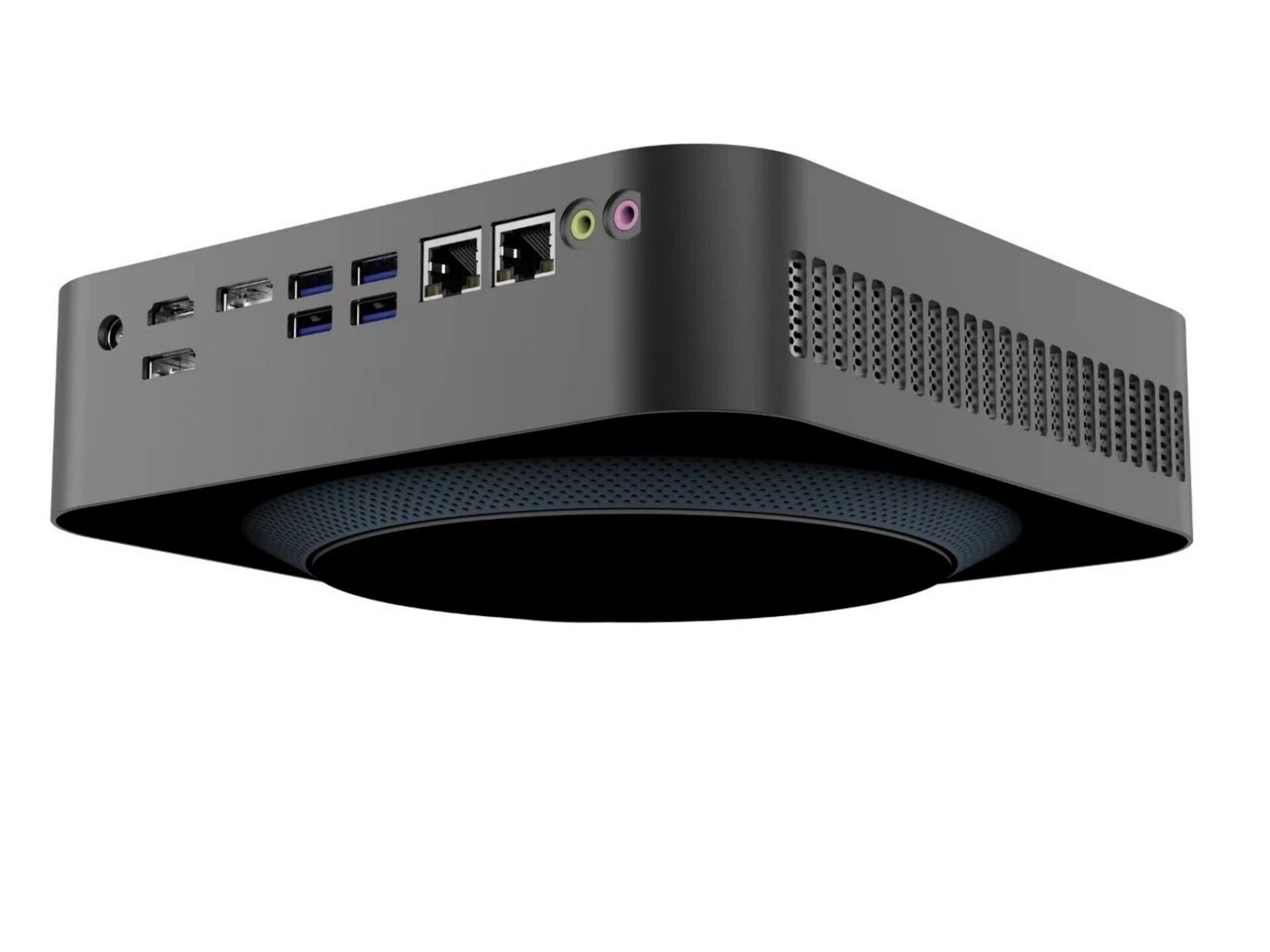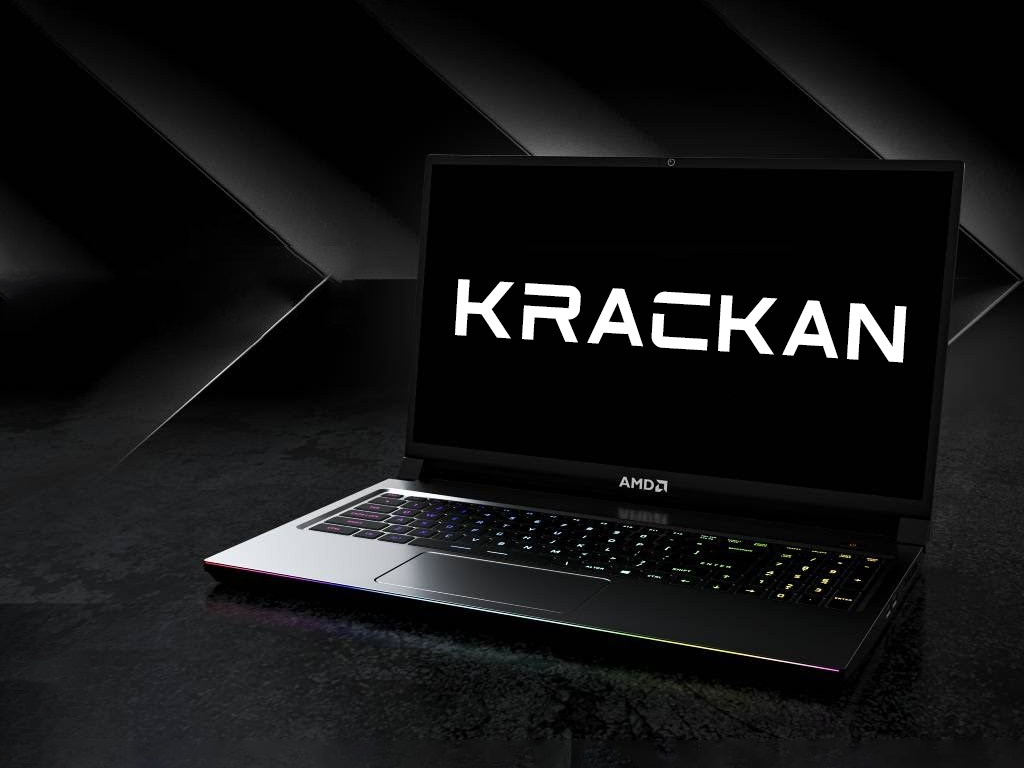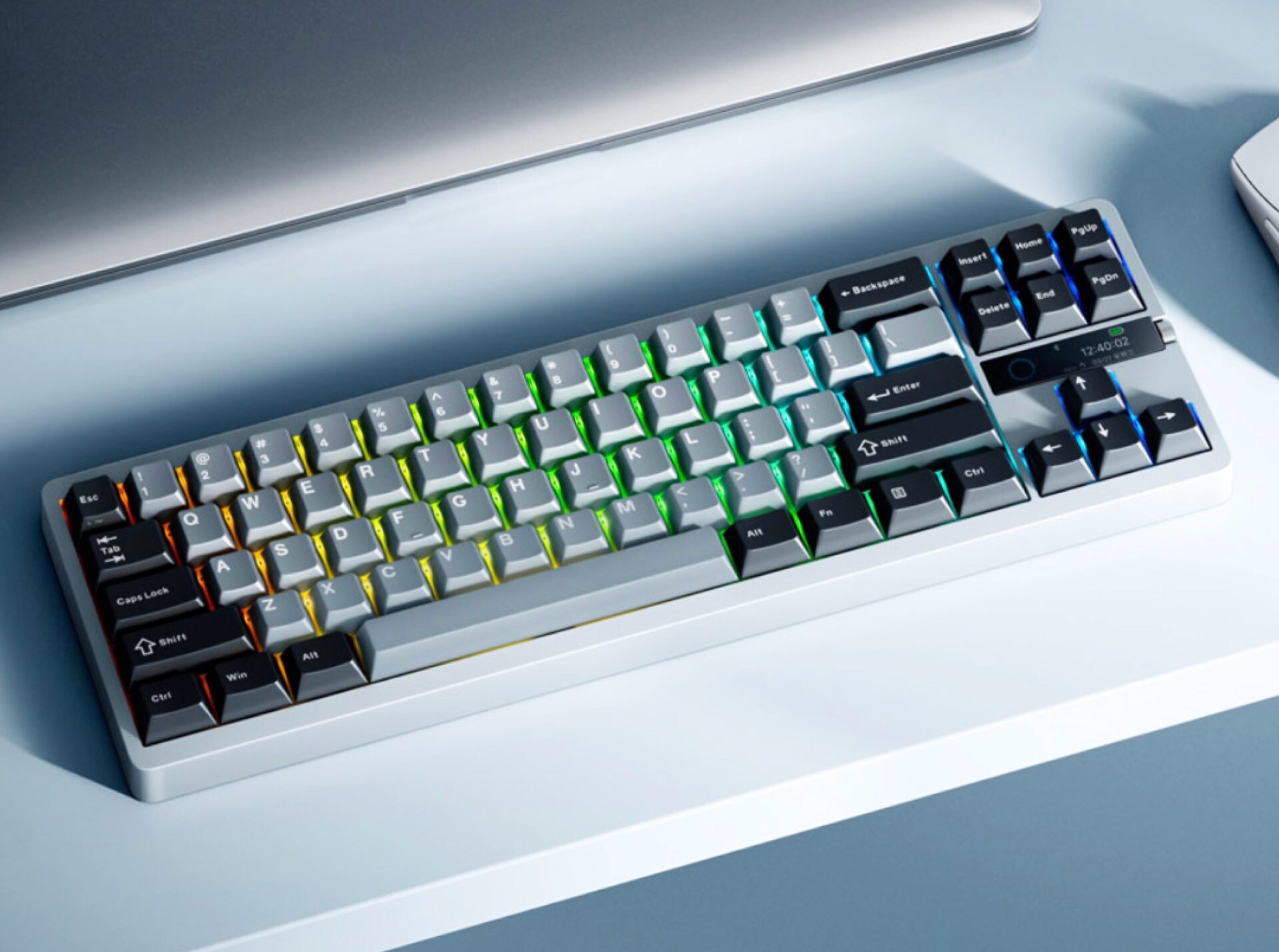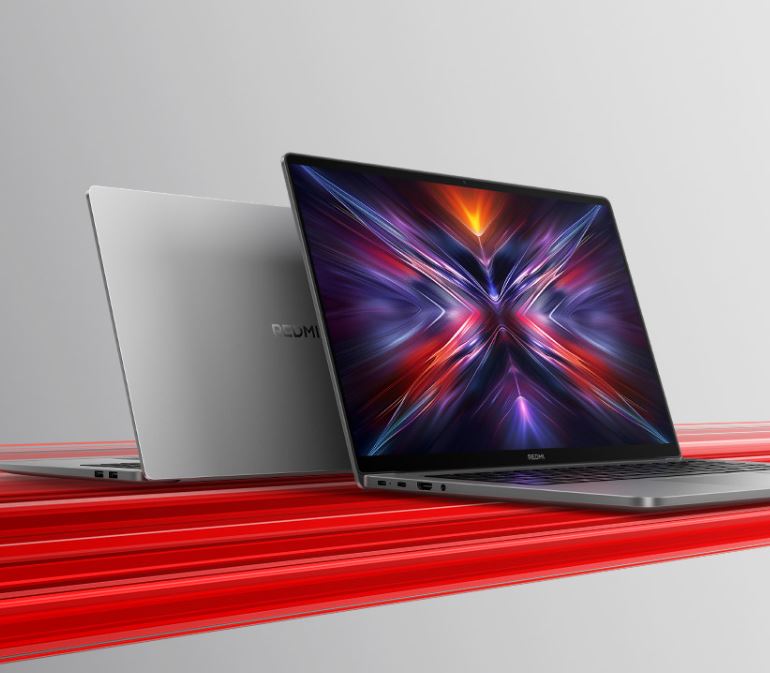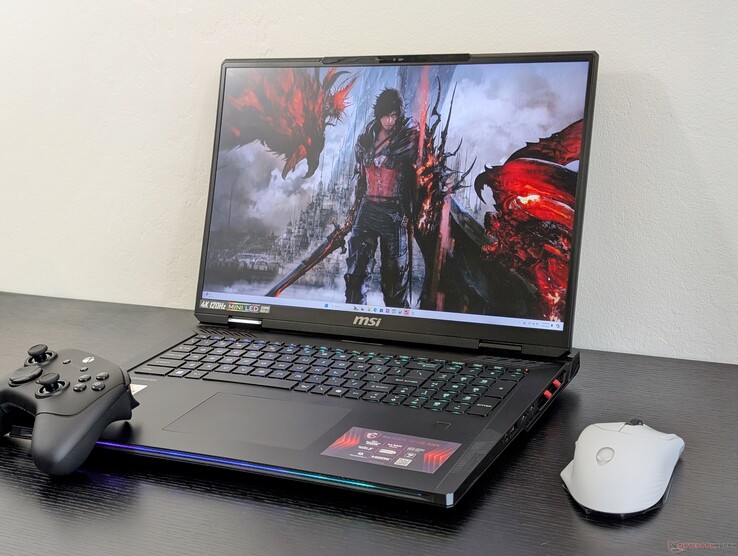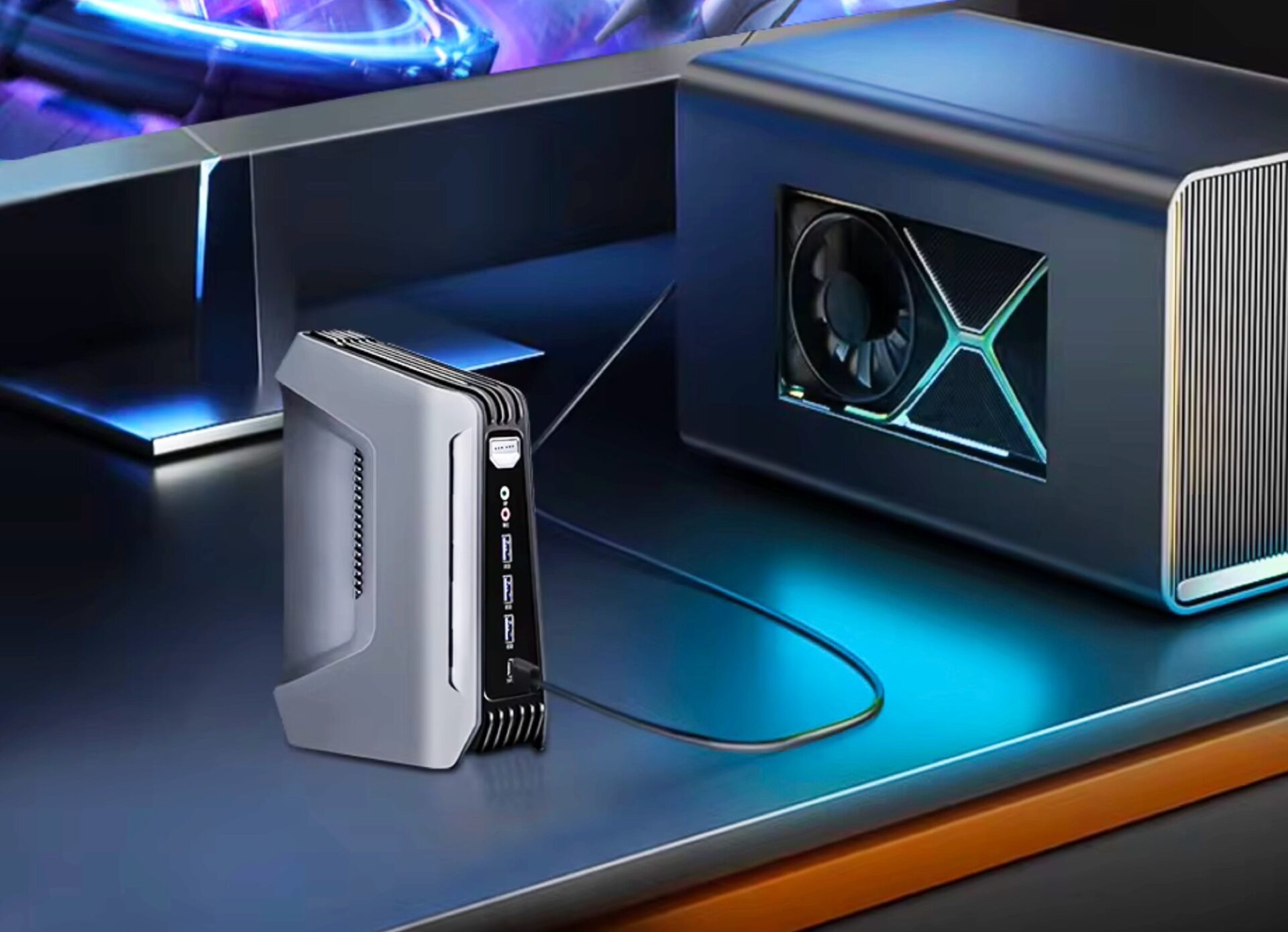Incase has introduced a new keyboard called the Compact Ergonomic Keyboard, aimed at helping people avoid injuries while typing. This keyboard promotes proper wrist alignment and has a special Copilot key that activates the AI features in Microsoft Windows 11, Office, and Edge, enhancing work efficiency.
Benefits of Microsoft Copilot
With Microsoft Copilot, users can enjoy several AI-driven features that save time. These include summarizing meetings, clarifying complex subjects, offering gaming advice, and assisting with online shopping. By pressing the dedicated Copilot key on the keyboard, users can access the AI assistant without delay.
Ergonomic Design Features
The Compact Ergonomic Keyboard is crafted in collaboration with Microsoft, drawing on years of ergonomic research. The unique design features a split layout, angling the keys towards each hand, which helps keep the wrists straight and minimizes the risk of repetitive strain injuries (RSIs) from prolonged typing.
Other Specifications
Even though it has a compact structure, the Incase Compact Ergonomic Keyboard offers a cushioned palm rest and maintains full-sized keys, ensuring that users’ fingers have enough room to type comfortably. The keyboard connects wirelessly via Bluetooth 4.0 to as many as three devices running Windows 8.1, 10, or 11. It operates on two AAA batteries that last for up to 36 months. The keyboard dimensions are 13 x 8.6 x 1.2 inches (33.0 x 21.8 x 3.0 cm), and the key travel is 0.05 inches (1.3 mm).
The Incase Compact Ergonomic Keyboard (SKU MI9-00001) is set to launch in early 2025, available through the Incase website and on Amazon for a suggested retail price of $119.99. suggested retail price of $119
Source: Link



